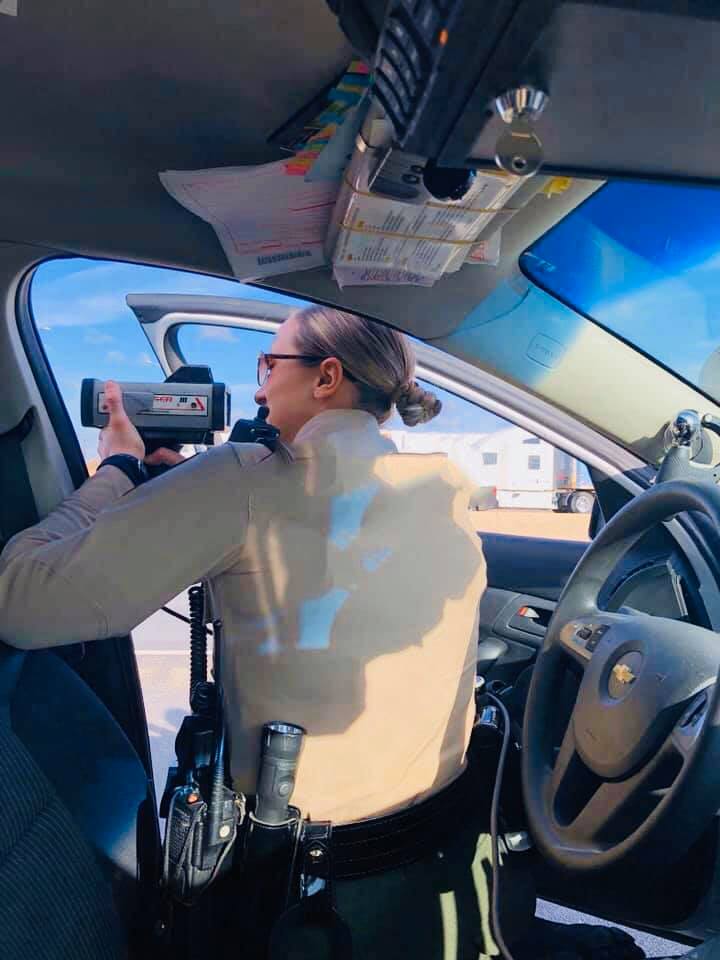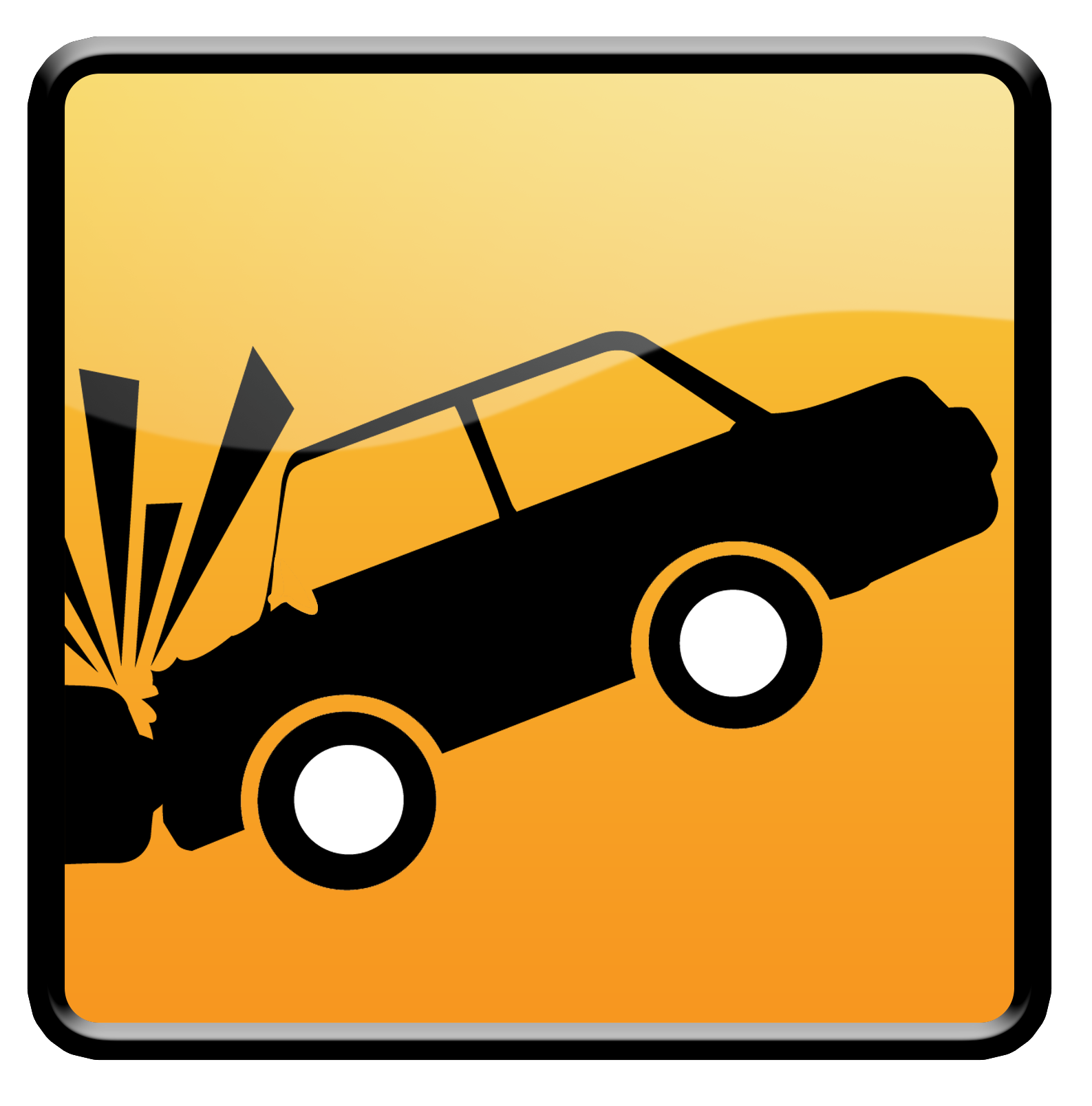
Speed Limit Enforcement
The Law
It is the driver's responsibility to be aware of the posted speed limit. The maximum speed limit is 70 miles per hour on interstate highways outside urban areas, 65 miles per hour on rural interstates, 55 miles per hour on interstate highways near or in major cities and on other highways, and 30 miles per hour in an urban area unless some other speed restriction is established. The maximum speed limit outside an urban district for a house car, camper, private living coach, vehicle licensed as a recreational vehicle, any vehicle towing any other vehicle, and vehicles of the second division designed or used for the carrying of a gross weight of 8,001 pounds or more, is 60 miles per hour.
No vehicle may be driven upon any highway of Illinois at a speed which is greater than is reasonable and proper with regard to traffic conditions and the use of the highway, or endangers the safety of any person or property. The fact that the speed of a vehicle does not exceed the applicable maximum speed limit does not relieve the driver from the duty to decrease speed when approaching and crossing an intersection, when approaching and going around a curve, when approaching a hill crest, when traveling upon any narrow or winding roadway, or when special hazards exist with respect to pedestrians or other traffic or by reason of weather or highway conditions. Speed must be decreased as necessary to avoid colliding with any person or vehicle on or entering the highway.
Enforcement
The Illinois State Police utilizes hand-held radar, moving radar, pacing, laser speed measurement devices, photo speed enforcement and air speed measurement to determine the speed of vehicles.
The first mechanical means to measure vehicle speed was the stop watch. As early as 1906 the courts accepted that the time it took a vehicle to travel between two points could be converted to vehicle speed. Using the speedometer and keeping pace with another vehicle has been utilized since 1916.
The Illinois State Police started using radar in 1956. Radar uses radio waves that bounce off moving vehicles. In 1959 the state police started using the stop watch method of measuring vehicle speeds from airplanes. The state police now operate a fleet of fixed-wing aircraft for speed enforcement.
In the 1970's, hand-held radar was made available to most troopers. In the 1980's, moving radar enabled troopers to clock the speed of vehicles approaching from the front or rear while driving down the highway. In the 1990's, laser speed measuring devices were introduced. The laser devices use laser light beams that bounce off a moving vehicle.
- Approximately 33 percent of all fatal crashes are speed-related.
- Speed-related crashes most often involve only a single vehicle.
-
The number of vehicles operating at higher speeds on 65 mile per hour interstate highways has increased. This has resulted in:
- increased chance of a collision due to increased speed variance.
- greater risk of fatality resulting from higher crash impact speeds.
- Young drivers (under 30 years old) are more likely to speed than other drivers. Of all drivers involved in fatal crashes, young males are most likely to speed. The relative proportion of speeding-related fatal crashes decreases with increasing driver age. (NHTSA, 1999)
- Alcohol involvement and speeding often go hand-in-hand. In 1998, 43 percent of drivers with a 0.10 BAC or higher who were involved in fatal crashes were speeding, compared with 14 percent of the sober (0.00 BAC) drivers in fatal crashes. (NHTSA, 1999)
Bail
For speeding 1- 25 miles per hour over the posted speed limit and other traffic offenses, as provided for under Supreme Court Rule #526, a person shall post bail in the amount of $164 in one of the following ways: (1) posting $164 cash bail; or (2) by depositing, in lieu of such amount, an approved bond certificate; or (3) will instead execute a promise to comply by signing the citation and receiving a “Promise To Comply”.
Bail for speeding more than 26 miles per hour over the posted limit, but not more than 34 miles per hour over the posted limit, is a Class B misdemeanor and requires 10% of$2,500 or $250 or in lieu of such amount, his/her current Illinois driver's license. This comes with a mandatory court appearance. Bail for speeding 35 miles per hour or more over the posted limit is a Class A misdemeanor and requires 10% of $2,500 or $250 or in lieu of such amount, his/her current Illinois driver's license. This also comes with a mandatory court appearance.
Class A and B misdemeanors are arrestable offenses.
SIGN AND DRIVE
625 ILCS 5/6-308 - Procedures for Traffic Violations-Sign and Drive Law Sign and Drive will end the practice of requiring Illinois drivers to post their driver’s licenses as surety for certain traffic offenses under the Illinois Vehicle Code. Motorists need not sign their promise to comply with terms of the citation and to pay their fines or appear in traffic court as required.
Cited drivers will be permitted to retain their driver’s license. As before, drivers who do not comply with the terms of citations may have their licenses suspended.
The law does not pertain to offenses that require the driver to surrender their licenses. A few examples of these offenses are DUI, Reckless Driving, and Drag Racing.
How To Avoid Being A Speed Related Crash Statistic
- Obey the posted speed limit on all roads.
- Reduce your speed when road conditions are less than ideal.
- Stay alert to changing road conditions and to the vehicles around you.
- Go with the flow. Travel at the same pace as other traffic, staying within the speed limit. If most other vehicles are speeding, stay to the right.
- At night and in other low visibility conditions, reduce speed and increase your following distance. Make certain you are seen by other drivers -- use your headlights.
- Maintain your vehicle and tires in safe working order.
- When following another vehicle, follow at a distance of at least two seconds. When the rear bumper of the vehicle ahead of you passes a stationary object, count "one thousand and one, one thousand and two." As you finish counting, your front bumper should reach the same point.
- Always wear your safety belt. In a sudden swerve or other emergency maneuver, it will keep you behind the wheel where you can maintain control.
- Never drink and drive.
- Know you limitations and adjust to them. Drivers under age 25 tend to be in good physical shape, but also tend to lack experience and mature judgement. Drivers over 65 have experience, but may have diminished physical and sensory capabilities. The ability to see well at night decreases with age, becoming noticeable after about age 40.






